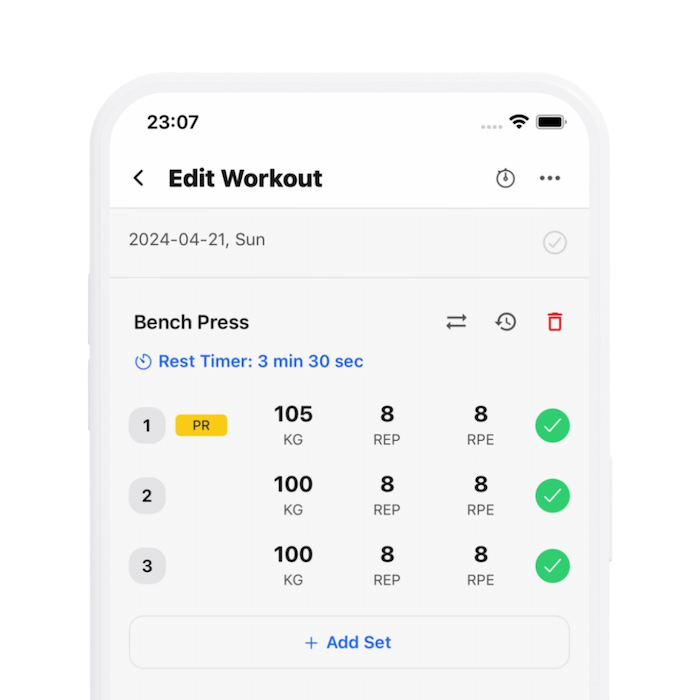30 Seconds SummaryDoes lifting reduce your range of motion?
- Historically, weight lifting was believed to diminish athletes' speed, flexibility, and increase 'muscle-bound' conditions, but recent studies present mixed results on its effect on range of motion.
- A specific study focused on competitive male powerlifters, analyzing their strength via 1RMs and range of motion at several joints. Powerlifters displayed less range of motion in certain joint movements compared to recreationally trained men.
- Within the study, lower range of motion correlated with higher strength relative scores (Wilks scores), suggesting a possible beneficial aspect of constrained range in powerlifting performance.
- One hypothesis suggests that muscular development from long-term resistance training may limit joint range of motion, as increased muscle mass occupies more space and physically restricts joint movement.
- Another observation noted similar ranges of motion in female powerlifters and recreationally trained women, pointing toward significant muscular buildup as a key factor in limiting movement for males but not as much in females.
- The data may also contradict the notion that strength training makes individuals 'tight', proposing instead that muscle mass itself constrains movement due to decreased compressibility rather than decreased extensibility of tissue.
- Findings align with a 2021 meta-analysis indicating that resistance training can increase range of motion in untrained or less muscular individuals but might reduce it indirectly in heavily muscled athletes due to added muscle bulk.
Stronger By Science
Greg Nuckols
